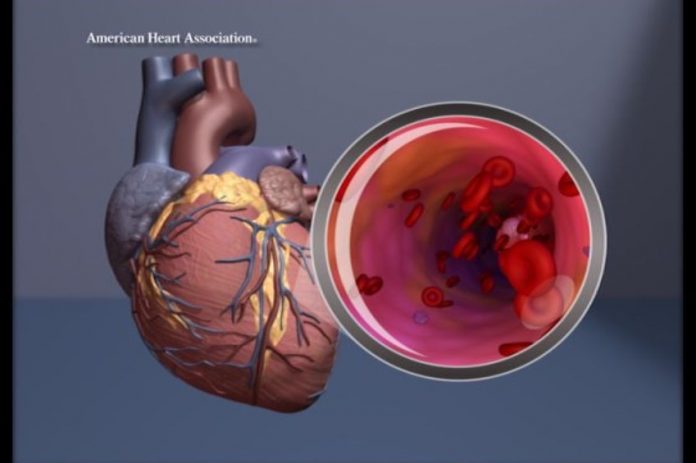A veteran’s study identified more than a dozen genes associated with abdominal aortic aneurysm (AAA) that could be used to better identify people at risk for the often-deadly condition, according to new research published today in the American Heart Association’s flagship journal Circulation.
Abdominal aortic aneurysm is a bulging or weakening of the aorta – the largest blood vessel in the body. Only about 20% of patients survive the rupture of an abdominal aortic aneurysm. Previous studies have detected 10 locations in the human genome associated with potential risks, however, those genes account for only a fraction of the causes for developing the condition.
“This study has doubled the number of genetic associations with abdominal aortic aneurysm, adding greatly to our understanding of the disease mechanisms,” said corresponding author Philip S. Tsao, Ph.D., a professor of cardiovascular medicine at Stanford University School of Medicine and director of the VA Palo Alto Epidemiology Research and Information Center for Genomics in California. “This new information can enhance screening protocols and help identify individuals at risk for abdominal aortic aneurysm.”
Researchers leveraged the world’s largest genetic biobank, The Million Veteran Program,
to pinpoint several new genetic factors associated with abdominal aortic aneurysm, as well as to identify new groups of people for future therapies. The Million Veteran Program was established in 2011 to study how genes affect the health of U.S. veterans.
Using the Million Veteran Program database, researchers performed a genome-wide association study in veterans of European ancestry, testing roughly 18 million DNA sequence variants among more than 7,500 abdominal aortic aneurysm cases and 172,000 veterans without abdominal aortic aneurysms.
They then examined the effects of blood pressure on abdominal aortic aneurysms using Mendelian randomization – a technique that leverages genetic variation to study the causal relationship between traits. They also studied whether abdominal aortic aneurysms risk factors were related to aneurysms in other areas of the body.
Throughout the testing, researchers created a “polygenic risk score” to help identify subsets of the population who are more likely to develop abdominal aortic aneurysms.
The analysis found:
14 previously unidentified genetic locations associated with abdominal aortic aneurysm development – bringing the total number of known gene associations to 24.
A genetic increase of 10 mm Hg in diastolic blood pressure – the bottom number in a blood pressure reading – increased the risk of developing abdominal aortic aneurysm.
19 of the 24 risk variants for abdominal aortic aneurysm were associated with aneurysms in other parts of the body.
The polygenic risk score was strongly associated with abdominal aortic aneurysm, regardless of known risk factors, including smoking and family history.
“We were surprised that diastolic blood pressure, as opposed to systolic blood pressure, is likely of greater significance in the development of abdominal aortic aneurysm,” Tsao said.
Researchers replicated the findings in an independent data set of nearly 5,000 abdominal aortic aneurysm cases and 100,000 controls (people who did not have abdominal aortic aneurysms).
Researchers say the study is somewhat limited since the database is primarily veterans of European ancestry. As the field of genetics advances, this suggests including more samples from people with diverse backgrounds to limit the possibility of ethnic disparities in precision medicine.




